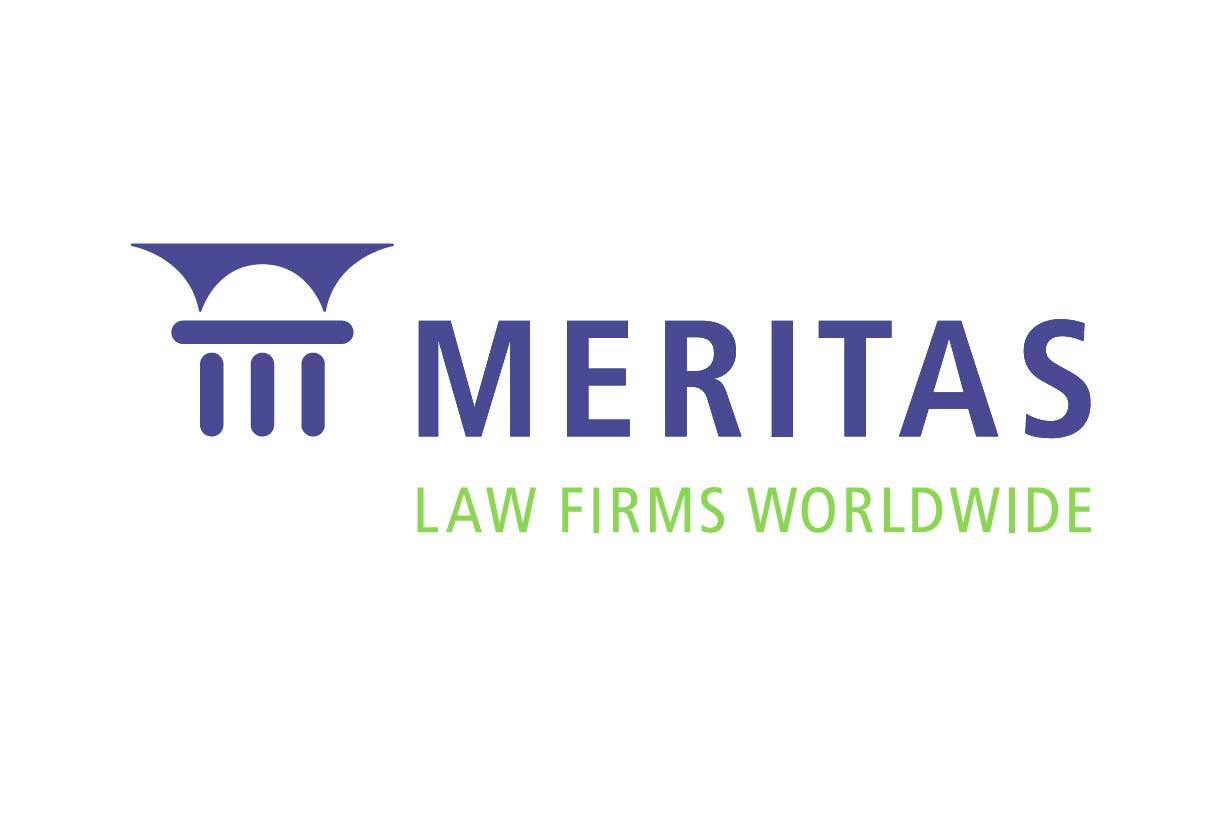If a landlord has correctly terminated a lease, the tenant usually has the right to have the lease reinstated if the tenant remedies the breach of the lease that led to the termination.
In brief
At a seminar I delivered last week, I was queried about a tenant's right to seek relief and get back in the possession of premises where the lease had been terminated. A landlord has a right to terminate a lease, if it follows the correct procedure, where the tenant breaches the lease and does not remedy the breach. A tenant can get back into possession of the premises if in fact the parties agree, or the tenant obtains an order from the Court or VCAT. To obtain such an order, it is usually required that the tenant remedy the breach and pay any outstanding amounts owing to the landlord, together with any costs incurred resulting from the tenant's breach.
What you need to know
If a landlord has correctly terminated a lease, the tenant usually has the right to have the lease reinstated if the tenant remedies the breach of the lease that led to the termination. In such circumstances, the landlord should be advised that it needs to allow the tenant back in possession of the premises but should obtain payment of all amounts outstanding in a lump sum. To manage such a process, it is important that cleared funds be received by the landlord and, ideally, a fresh deed is entered into recognising that the lease is continuing, despite the termination by the landlord.
Background
Most leases will provide that a landlord can re-enter and terminate a lease if a tenant does not remedy a breach within the prescribed time at law, being 14 days under the Property Law Act 1958 (Vic). It should be noted that no such 14 day notice is usually required for non-payment of rent, although managers will usually make a demand if rent is not paid on the due date. Faced with an eviction, the tenant should offer to pay all amounts owing to the landlord in order to be allowed back into possession of the premises. If the tenant does not make such an offer, it is fair for the landlord to assume that the tenant does not have the money to pay the landlord. Upon termination, the landlord will be obliged at law to mitigate its loss by reletting the premises. If the parties are in dispute, a tenant can seek urgent injunctive relief to be allowed back into the premises, which will usually be granted if a court or tribunal is satisfied that the breach has been remedied and the tenant has the financial capacity to meet its obligations under the lease. As a manager, you should advise the landlord that a lockout and termination of the lease can be an effective way to ensure that a tenant pays any amounts owing under the lease; however if the lockout proceeds and the tenant is willing to pay all such amounts, the landlord is usually required to allow the lease to continue.
Conclusion
In managing properties, I recommend that rent and other amounts are not let to fall too far into arrears as this usually signals a problem with the tenant. An effective means of obtaining outstanding payments can be via a lockout however the landlord needs to be advised that if the tenant then pays all such amounts, including legal costs and any costs incurred by locksmith in changing locks, it will need to allow the tenant back in possession on most occasions. Of course, appropriate legal advice should be obtained as to whether the tenant should be allowed back in possession, or whether additional security should be obtained, such as a bank guarantee or an increased bank guarantee.
The content of this article is intended to provide a general guide to the subject matter. Specialist advice should be sought about your specific circumstances. Madgwicks is a member of Meritas, one of the world's largest law firm alliances.

We operate a free-to-view policy, asking only that you register in order to read all of our content. Please login or register to view the rest of this article.


